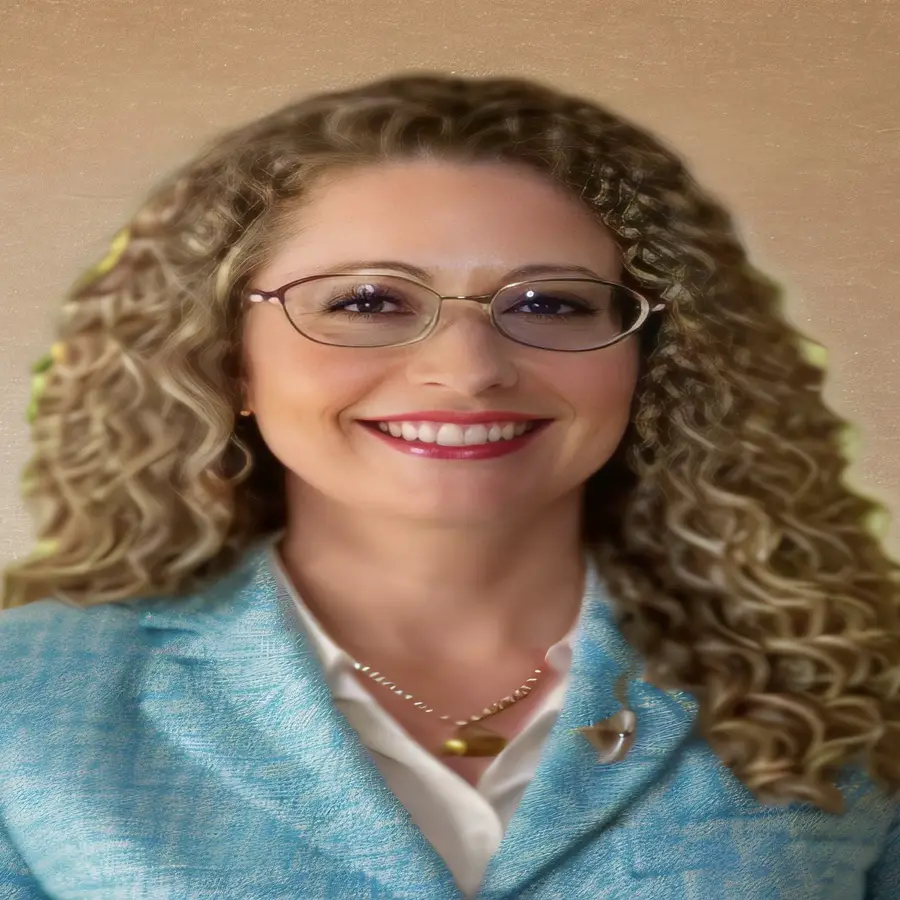What Is Ageism? How to Spot Age Discrimination in the Post-Pandemic Era
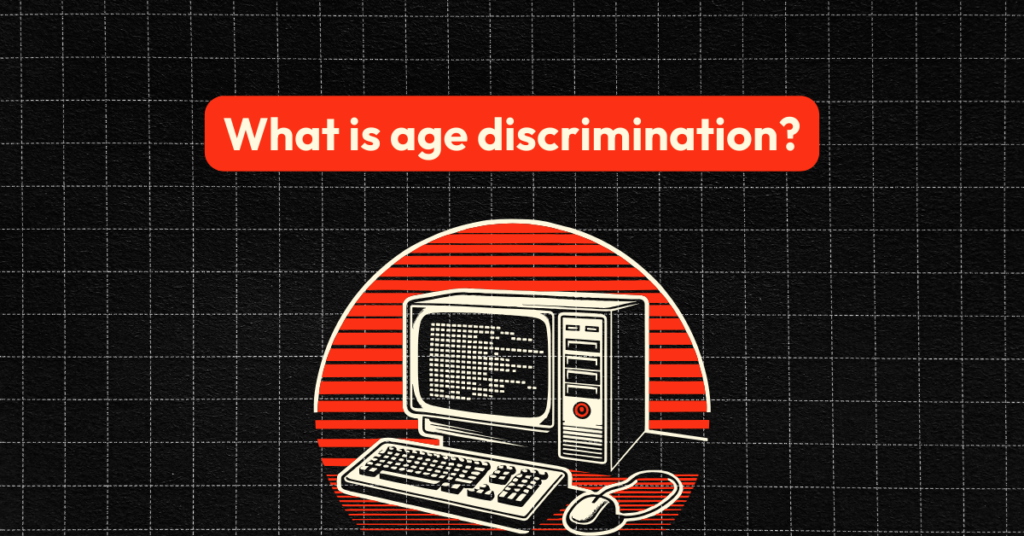
As we move further into the post-pandemic era, organizations are now having to redefine how the workplace functions. During this transition (and if we were to be honest, even before that), it became apparent that we must address a pervasive, yet often overlooked, issue — ageism.
Table of Contents
Ageism and age discrimination can take many forms, which often result in negative consequences for older employees. That’s why we are going to take a few minutes to explore what ageism and age discrimination mean.
We will provide you with examples of ageism in a modern-day context. Then we will give you some professional HR advice that will help you and your employees cultivate an inclusive work environment free of unintentional (and sometimes intentional) ageism.
Defining Ageism and Age Discrimination
Ageism is a broad concept that encompasses a range of negative attitudes, stereotypes, and biases that are based on someone’s age.
On the other hand, age discrimination is a specific form of unfair treatment or prejudice that is directed at individuals or groups based on their age.
Age discrimination typically refers to discriminatory practices in specific areas, such as employment, education, or the availability of training opportunities and promotions.
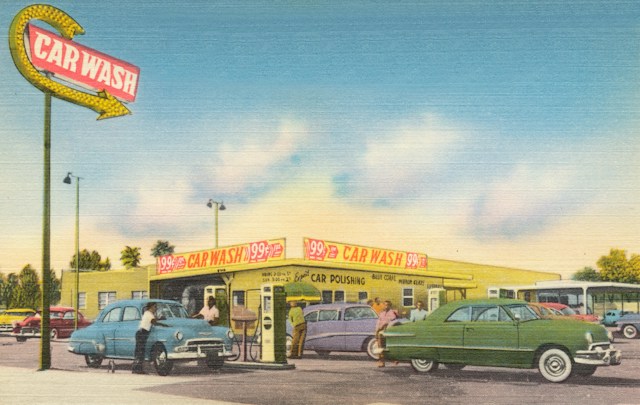
Recognizing Ageism in a Post-Pandemic Era
Within each generation, the perception of other generations changes and is oftentimes exaggerated to varying degrees. And this is where the problems begin. It’s the perception that one generation has of another generation. Every generation believes their way is best or that their generation knows more than another generation.
Modern-Day Examples of Ageism and Age Discrimination
Here are just a few examples of how ageism and age discrimination can creep into your organization, sometimes without you even realizing it. These examples will give you a guideline of what to look for when trying to identify ageism from the ground floor up within your organization.
- Recruitment and Hiring Practices
Today, age discrimination is clearly visible in the processes of recruitment and hiring. Employers may unknowingly show a preference for younger candidates assuming they are more adaptable or that they have more advanced tech skills.
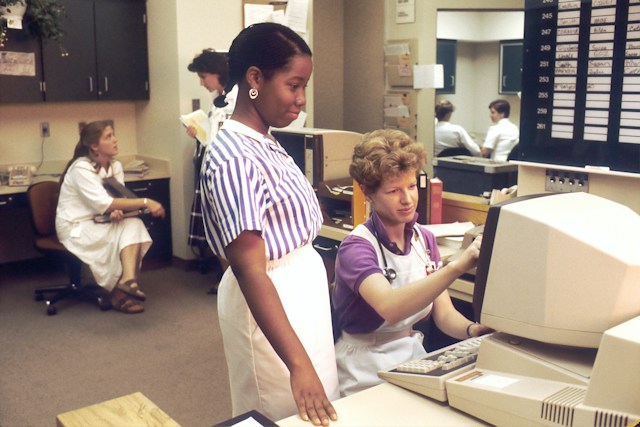
In fact, job postings often use language that unintentionally targets a younger audience, and this ends up excluding individuals with valuable experience to offer.
To address this issue, you should focus on requesting the necessary skills and competencies you desire in your job descriptions versus using language that targets a specific age demographic.
- Training and Development Opportunities
Advancements and cultural changes in the post-pandemic era can potentially lead to age discrimination when it comes to access to training and development opportunities. This is where the perception of specific age groups comes in.
Assumptions that older workers struggle to adapt to new technologies might result in them being overlooked for new opportunities and learning experiences.
However, the truth is, that it’s common for older workers to take continuing education courses and engage in other activities that keep them abreast of the ever-changing digital landscape.
So what can you do? Well, you can tackle this by providing learning opportunities for employees of all ages without making any assumptions based on age. In other words, equal training and development opportunities for all employees, regardless of age.
- Team Dynamics and Collaboration
Ageism can seep into team dynamics as well. This can lead to the exclusion of older workers. Younger team members may unconsciously leave out their older colleagues, assuming they have different interests, or because they think it will be harder to connect with them. But this dynamic can be easily changed.

If you want to foster an all-inclusive culture, you can encourage and promote collaboration across all generations. Acknowledge the value that diverse perspectives from varying generations can bring to the table.
You can do that by scheduling team-building sessions pairing up different generations to collaborate on any given project or goal. Or any other team-building activity you can come up with.
Just make sure you have guidelines or a moderator in place to help any team that might come to a generational impasse or difference of opinion. When this happens, it can be a learning opportunity for all, and you can help by showing them how to move forward incorporating both perspectives.
- Career Advancement
When it comes to promotion decisions, age discrimination can often rear its ugly head, leading to situations where older employees are overlooked for advancement opportunities. This unfair treatment may stem from assumptions and perceptions about their ambition or adaptability.
To address this issue, you should establish merit-based promotion processes that prioritize skills and abilities rather than age.
How to Change the Generational Climate in Your Organization
Now let’s move on to what you can do specifically to help change the generational climate in your organization.
- Implementing Diversity and Inclusion Training
We hear a lot these days about diversity and inclusion. But when people think about diversity and inclusion, they don’t usually think about ageism, but they should.
In order to combat ageism, you should prioritize diversity and inclusion training for all your employees. This training should specifically address stereotypes and biases directly related to age. This will help foster awareness and appreciation for the contributions individuals of all ages bring to the workplace.
By creating a culture that celebrates diversity, your company can minimize the impact of age discrimination.
- Reviewing and Updating Policies
Regularly reviewing and updating company policies is crucial in fighting against ageism. It is important to ensure that hiring practices, promotion criteria, and training policies are free from any biases related to age.
Additionally, encouraging a culture of learning and professional development across all age groups helps establish an environment that promotes fairness within the workplace.
- Mentorship Programs and Reverse Mentoring Initiatives
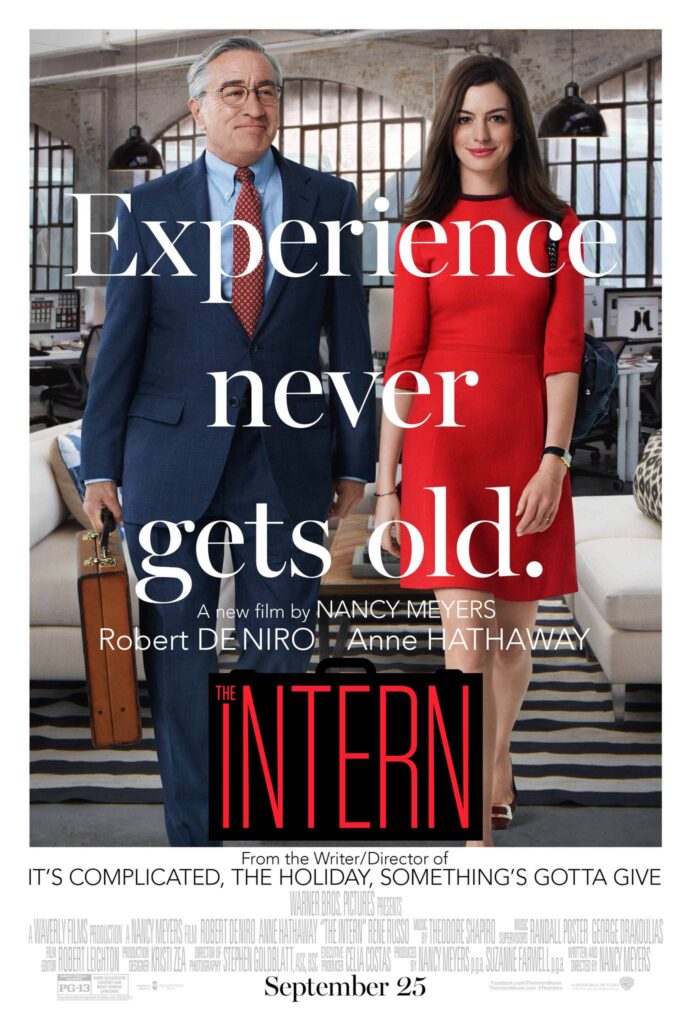
To break down barriers associated with age differences, implementing mentorship programs can be highly effective. Pairing employees with mentors (and vice versa) fosters mutual understanding and collaboration between different generations within the organization.
Experienced employees can contribute their wealth of knowledge while younger colleagues bring their perspectives on emerging trends and technologies. This exchange not only fosters cohesion but also enhances the overall performance of the team.
- Flexibility and Adaptability
You should strive to meet the needs of employees at different career stages. This means you should consider embracing flexible work arrangements. This includes options like remote work, flexible working hours, and phased retirement programs. By providing accommodations that cater to the varying requirements of workers, you demonstrate your commitment to creating an inclusive environment for people of all ages.
- Promote Diversity in Leadership
Leadership roles should also reflect diversity within the workforce. And that includes age diversity. Actively seeking out and promoting employees to leadership positions highlights the value of their experience and wisdom. This not only challenges age-related stereotypes, but it also sets an example for the entire organization, showing that diverse perspectives are crucial and beneficial at every level.
- Encourage Fair Recruitment Practices
To tackle ageism at its core, you should implement recruitment practices that do not consider age as a factor. Removing age-related information from the application stages ensures that candidates are evaluated based on their skills, qualifications, and experience. This approach promotes fairness. It also helps prevent biases during the recruitment process.
- Promoting Inclusive Benefits for All Ages
If you want to foster inclusivity, you could offer benefits that cater to each specific need of your workforce. That might include implementing health and wellness programs that address age-related concerns, such as providing health screenings specifically tailored to your employees. By customizing benefits to the different life stages, you demonstrate your company’s commitment to the well-being of all your employees, regardless of age.
Something to Think About…
Ageism and age discrimination continue to pose challenges in today’s post-pandemic workplace. It is crucial that we recognize and tackle these issues not just as an obligation, but as a strategic move for organizations aiming to thrive in a diverse and dynamic environment.
As human resource professionals, supervisors, managers, and team leaders, we all have a role in shaping our workplace culture and ensuring that every individual feels valued and empowered, regardless of their age.
What’s Next?
We should all pledge our commitment right now towards fostering inclusivity. This can be done by strategically breaking down age-related stereotypes and creating workplaces where the collective strength of a multi-generational workforce propels your organization toward success.
It’s time to embrace the wealth of experience that age diversity brings and build a future where everyone can make contributions and thrive, irrespective of their years of experience.
Together we can make a difference. Let’s all champion a workplace environment that empowers every individual to realize their full potential.
